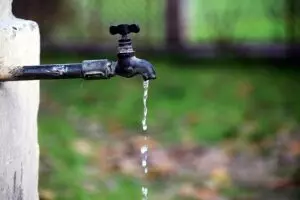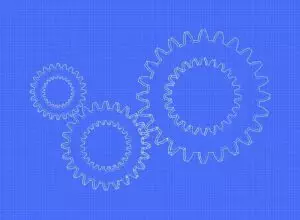Revolutionizing Leak Detection: Advanced Technologies for Plumbing Systems
Plumbing leaks, caused by aging pipes, faulty joints, and other issues, can lead to water waste, pro…….

Plumbing leaks, caused by aging pipes, faulty joints, and other issues, can lead to water waste, property damage, and high bills. Traditional detection methods are limited in finding subtle or hidden leaks early. Modern technologies like smart sensors, thermal imaging, and data analytics offer precise, efficient leak detection, minimizing damage and costs. Non-invasive techniques like acoustic and thermal imaging are ideal for regular inspections. Smart home systems with connected devices monitor water usage patterns and provide immediate alerts. Advanced technologies like IoT devices, AI, and machine learning predict potential leaks and enable remote shut-off valves, revolutionizing plumbing maintenance and contributing to sustainable water management practices globally.
“Uncovering the subtlest of signs, plumbing leaks can cause significant damage if left undetected. This comprehensive guide delves into the world of leak detection, exploring both traditional and advanced methods. From understanding common causes to the latest technological innovations like smart home systems, we uncover effective strategies for prevention. Discover non-invasive techniques, successful case studies, and future trends shaping plumbing leak management. Master the art of early detection with our insightful exploration of leak detection techniques.”
Understanding Plumbing Leaks: Common Causes and Effects
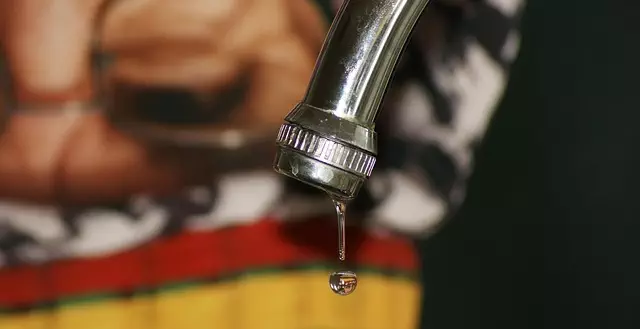
Plumbing leaks can be subtle at first, often going unnoticed for weeks or even months. However, their effects can be far-reaching, leading to significant water waste and potential damage to properties. Understanding the common causes of plumbing leaks is essential for effective leak detection. One of the primary reasons is aging pipes; over time, corrosion and wear weaken pipe structures, especially in areas with harsh climates, causing them to develop cracks or holes that lead to leaks. Another frequent cause involves faulty joints and fittings, which can loosen due to water pressure or vibrations, resulting in seepage.
The effects of plumbing leaks are not only limited to water damage but also include elevated water bills and potential structural harm. If left unaddressed, small leaks can turn into major disasters, leading to mold growth, wood rot, and even foundation shifts. Thus, prompt leak detection becomes crucial for mitigating these issues. Regular maintenance checks and immediate attention to any unusual noises or wet spots in your plumbing system are key to ensuring the longevity of your pipes and avoiding costly repairs.
Traditional Leak Detection Methods: Pros and Cons
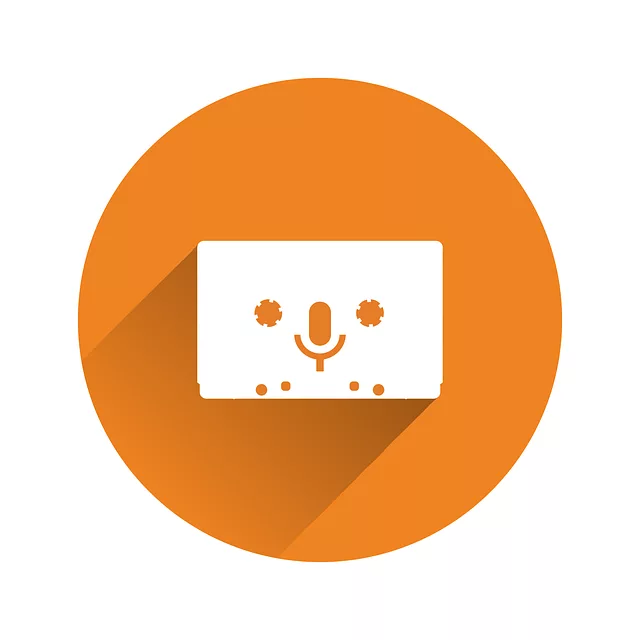
Traditional leak detection methods have been a part of plumbing for decades, employing techniques like visual inspection and manual testing. These involve physically checking for visible signs of water damage or using basic tools to identify leaks in pipes and fixtures. Pros include their simplicity and cost-effectiveness; they’re suitable for initial assessments and identifying obvious problems. However, they often fall short when it comes to early detection, as many leaks can be subtle and go unnoticed by the naked eye. These methods may not reveal hidden leaks behind walls or under floors, leading to prolonged damage and higher repair costs.
While reliable in many situations, traditional approaches lack the precision and efficiency of modern leak detection technologies. They can be time-consuming, disruptive, and may require extensive property access for thorough checking. Moreover, they often rely on a certain level of expertise that not all plumbers possess, which can affect the accuracy of the results.
The Rise of Advanced Technology in Leak Identification
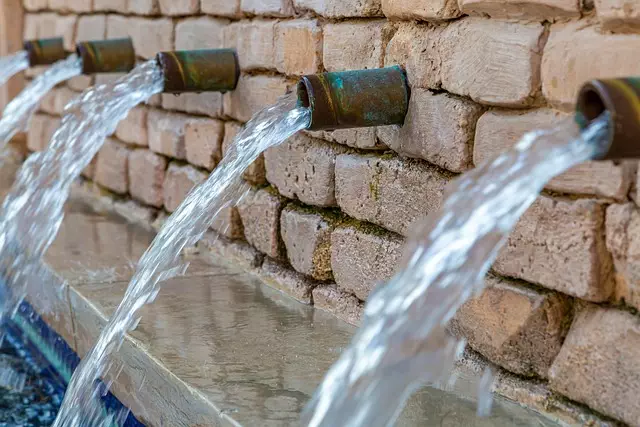
The evolution of plumbing systems has led to an increased focus on efficient and timely leak detection. Traditional methods of identifying leaks often involved time-consuming manual inspections and trial-and-error approaches. However, with advancements in technology, the game has changed significantly for plumbers and property owners alike. Advanced technologies such as smart sensors, non-invasive imaging, and data analytics are now being employed to pinpoint leaks with remarkable accuracy.
These innovative solutions enable continuous monitoring of plumbing systems, allowing for early detection of even the smallest anomalies. For instance, smart water meters can detect unusual water usage patterns, indicating potential leaks. Additionally, thermal imaging cameras can visualize temperature differences, helping identify hidden leaks beneath surfaces. This shift towards tech-driven leak detection not only enhances efficiency but also reduces costs and minimizes damage caused by water intrusion.
Non-Invasive Leak Detection Techniques Explained

Non-invasive leak detection techniques have revolutionized plumbing maintenance, offering a safe and effective way to identify water leaks without causing damage or disruption. These advanced methods utilize specialized technology to pinpoint leaks within pipes and structures, making them ideal for regular inspections and preventive maintenance. One such technique is acoustic leakage detection, which employs sensors to analyze sound waves traveling through pipes. By listening to subtle vibrations, these sensors can detect even the smallest leaks, providing real-time data for immediate action.
Another popular non-invasive method is thermal imaging, which uses infrared cameras to visualize temperature variations along pipe surfaces. Leaks cause slight temperature drops, creating distinct patterns that are easily identifiable by trained professionals. This technique is particularly useful for examining hard-to-reach areas and complex plumbing systems, ensuring prompt leak detection without the need for invasive methods that could compromise structural integrity.
Smart Home Systems and Their Role in Preventing Water Damage

In today’s digital era, smart home systems are transforming the way we manage our plumbing and leak detection. These innovative technologies offer a proactive approach to prevent water damage, which is a significant benefit for homeowners and property managers alike. By integrating leak detection features into smart home networks, users can receive instant alerts when potential issues arise, allowing for swift action before minor leaks turn into major disasters.
Smart home systems utilize sensors and connected devices to monitor water flow patterns and pressure within plumbing networks. When an anomaly is detected, such as an unexpected spike in water usage or a prolonged period of inactivity despite running faucets, the system can flag these as potential leak indicators. This early warning system not only helps identify leaks but also enables remote monitoring, giving users peace of mind, especially when they’re away from home.
Case Studies: Successful Leak Detection and Repair Projects

In recent years, several successful leak detection and repair projects have showcased the effectiveness of advanced technologies in revolutionizing plumbing systems. These case studies highlight the importance of proactive measures to mitigate water loss, a global concern due to growing water scarcity and sustainability issues. For instance, a residential community in North America implemented a smart leak detection system that used real-time data analytics to identify subtle pressure changes, allowing for immediate action. This approach not only minimized damage but also significantly reduced water wastage.
Another notable project involved a commercial building in Europe, where a combination of acoustic and thermal imaging techniques was employed to detect hidden leaks behind walls and floors. The non-invasive methods ensured minimal disruption during the repair process, resulting in a swift resolution without major structural interference. These examples demonstrate that with the right tools and strategies, leak detection can be efficient, cost-effective, and environmentally friendly, contributing to sustainable water management practices.
Future Trends: Enhancing Plumbing Leak Prevention Strategies

As technology advances, future trends in plumbing leak detection aim to revolutionize prevention strategies. Smart water sensors and Internet of Things (IoT) devices are poised to become omnipresent in homes and commercial buildings. These innovative tools can monitor water usage patterns, detect unusual fluctuations, and alert homeowners or maintenance personnel instantly. With real-time data, these systems enable proactive measures, such as remote shut-off valves, which can stop water flow at the source of a leak before significant damage occurs.
Additionally, artificial intelligence (AI) and machine learning algorithms are expected to play a pivotal role in predictive leak detection. By analyzing historical data and continuous patterns, AI models can anticipate potential leaks before they happen. Integrating these cutting-edge technologies into existing plumbing systems will not only minimize water waste but also reduce the financial burden of repairs and replacements, making them essential components of future leak prevention strategies.

